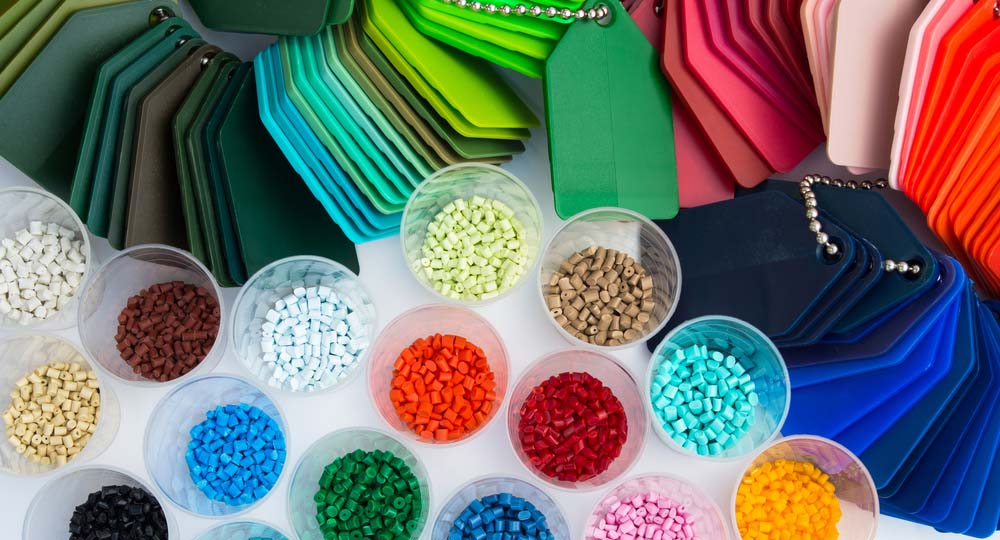EN 14372 Phthalates Migration Testing
The European Standard EN 14372 is a critical tool used in the toy industry to ensure that toys and other children's articles do not contain harmful levels of phthalates. This test measures the migration of phthalates from plastic materials into contact with children, which can lead to ingestion or inhalation.
This standard applies specifically to products intended for use by children under three years old. The aim is to protect young children who are more vulnerable to exposure due to their level of activity and interaction with toys. Phthalates are a group of chemicals used as plasticizers in various plastics, providing flexibility and durability. However, some phthalates can be harmful if ingested or absorbed into the skin.
The testing procedure outlined in EN 14372 involves placing the toy or item in contact with a solvent that simulates the conditions under which it might come into contact with a child's mouth or skin. The solvent extracts any phthalates present, and these are then analyzed for their concentrations. Compliance with this standard is essential to ensure product safety and avoid legal issues.
The primary apparatus required for this test includes:
- Solvent suitable for the extraction of phthalates
- Appropriate containers to hold the solvent and the toy item
- An analytical balance with a precision of at least 0.1 mg
- A sonicator or shaker bath to ensure even extraction
The testing process typically involves:
- Preparation of the solvent according to EN 14372 specifications.
- Placement of the toy in contact with the solvent for a specified period, usually at least one week.
- Extraction and analysis of phthalates using gas chromatography or other suitable methods.
- Evaluation of the results against the prescribed limits set by EN 14372.
The standard sets specific migration limits for various phthalates, including:
| Phthalate | Limits in mg/L |
|---|---|
| Dibutyl phthalate (DBP) | <0.1 |
| Dioctyl phthalate (DEHP) | <0.1 |
| Dimethyl phthalate (DMP) | <2 |
| Diethyl phthalate (DEP) | <5 |
In real-world scenarios, compliance with EN 14372 is essential for toy manufacturers and importers. It ensures that the products meet the stringent safety requirements set by regulatory bodies such as the European Commission's Toy Safety Directive (2009/48/EC). Failure to comply can result in product recalls, legal penalties, and damage to brand reputation.
Our laboratory offers comprehensive EN 14372 testing services, providing accurate and reliable results. Our team of experts ensures that each test is conducted according to the latest standards, using state-of-the-art equipment and techniques.
Applied Standards
| Clause | Description |
|---|---|
| Clauses 4-5 | General Provisions and Definitions |
| Clauses 6-7 | Sampling and Preparation of Toys for Testing |
| Clauses 8-9 | Extraction, Drying, and Analysis Methods |
| Clauses 10-12 | Acceptance Criteria, Reporting Requirements, and Record Keeping |
| Phthalate | Limit |
|---|---|
| Dibutyl phthalate (DBP) | <0.1 |
| Dioctyl phthalate (DEHP) | <0.1 |
| Dimethyl phthalate (DMP) | <2 |
| Diethyl phthalate (DEP) | <5 |
Why Choose This Test
- Ensures compliance with international safety standards.
- Provides peace of mind for quality managers and compliance officers.
- Aids in the continuous improvement of product design and manufacturing processes.
- Supports brand reputation by demonstrating a commitment to safety and quality.
- Facilitates easier market access, especially in Europe where this standard is widely recognized.
- Reduces the risk of legal challenges and penalties associated with non-compliance.
International Acceptance and Recognition
The EN 14372 standard has gained widespread acceptance in Europe, particularly within the toy industry. It is recognized by regulatory authorities such as the European Commission's Toy Safety Directive (2009/48/EC). Compliance with this standard not only ensures product safety but also facilitates easier market access to various countries and regions that recognize it.
Many international toy manufacturers and importers use EN 14372 testing as a benchmark for quality control. By adhering to the standards set by this test, they can ensure their products meet the stringent safety requirements of different markets.





